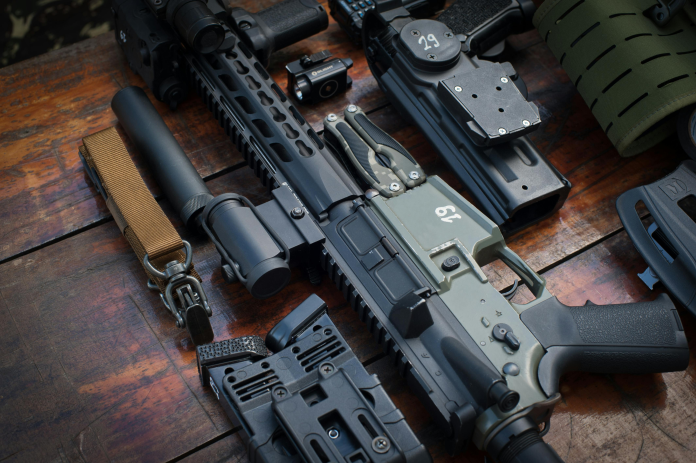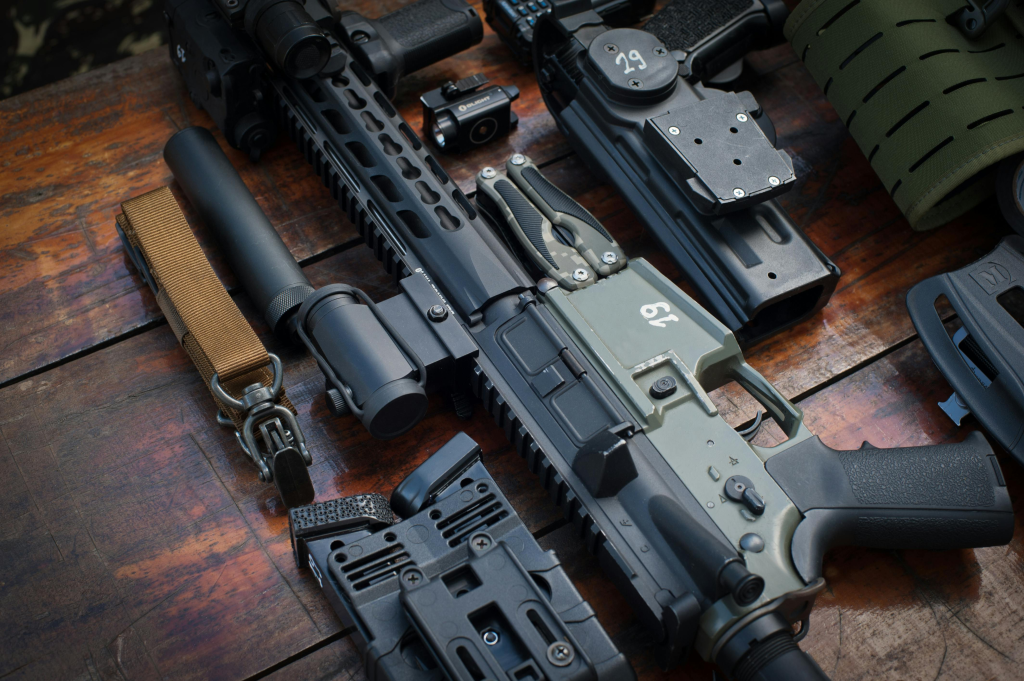
Does a larger caliber automatically equal a bruised shoulder? Many shooters believe so, but recoil is influenced as much by design as by ballistics. The proper development of weight, action type, ergonomics, and recoil mitigation features can transform a cartridge with a scary reputation into a manageable, even enjoyable, shooting experience. Over the last few years, makers have been able to tone down recoil without compromising performance. From tank‑like revolvers to semi-autos with advanced gas systems, these guns defy conventional thinking. Here are nine winners that produce significantly less kick than chambering indicates.
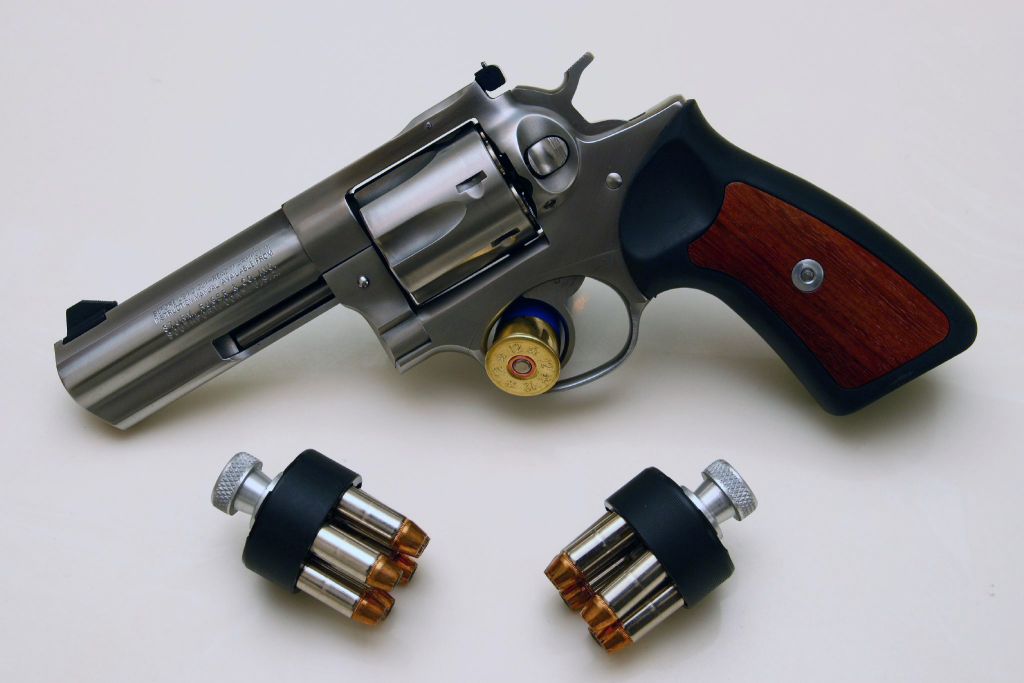
1. Ruger GP100: Magnum Power, Mellowed
The Ruger GP100 has a reputation for its durability and controllability. With a rugged steel frame and a reinforced cylinder, it dissipates the energy of the .357 Magnum instead of conveying it abruptly to the shooter. The testers of Gun Tests Magazine commended it for its controllability and precision, stating that even with hot loads, the revolver “proved reliable, accurate, and smooth handling.”Its weight usually between 36 and 45 ounces based on barrel length is beneficial to the shooter. Rubber grips featuring cushioned inserts also decrease felt recoil, and balance in the revolver contributes to quicker follow‑up shots. Magnum performance for those not willing to beat up hands is a benchmark still met by the GP100.
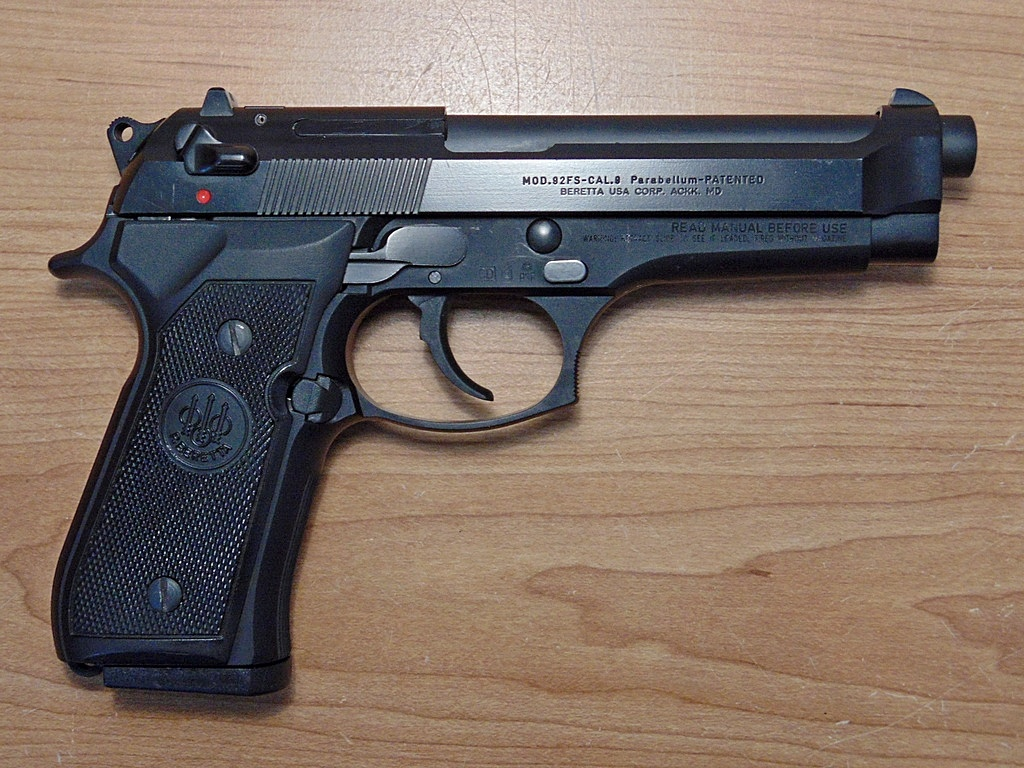
2. Beretta 92FS: Soft Shooting Service Pistol
Chambered in 9mm, the Beretta 92FS is by nature mild, but its open-slide mechanism and all-metal frame render it silky smooth. Veteran instructor Ken Hackathorn has described the 92 as “one of the most reliable semi-automatic handguns on the market” and given the reason for its thousands of rounds with no malfunction when maintained properly. The pistol’s weight and low-bore-axis profile keep the muzzle flat for quick fire. Although its big grip won’t please every hand, thinner grip panels or the Vertec frame model can enhance ergonomics. For recoil-phobic shooters, the 92FS provides a mix of reliability, accuracy, and comfort despite its duty-size profile.
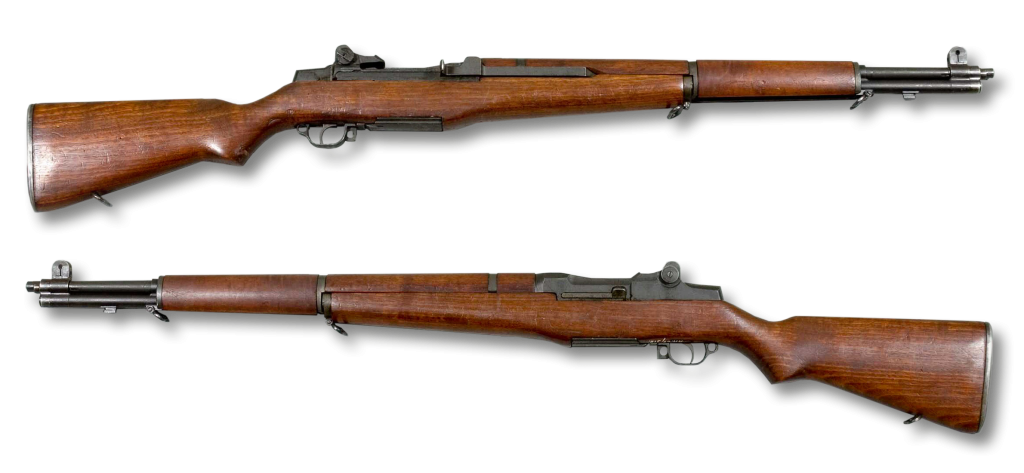
3. M1 Garand: Full‑Power, Gentle Push
The .30‑06 chambering of the M1 Garand implies a strong kick, but its gas‑operated mechanism and almost 10‑pound mass turns the recoil into a smooth push. In relation to the same‑caliber bolt‑actions, the Garand’s impulse is smoother and less jerky.
Its mid‑20th‑century design is a study in how semi-automatic mechanisms can control recoil. For those familiar with contemporary rifles, the Garand serves as a reminder that careful engineering can tame even a full-power service cartridge over long periods.
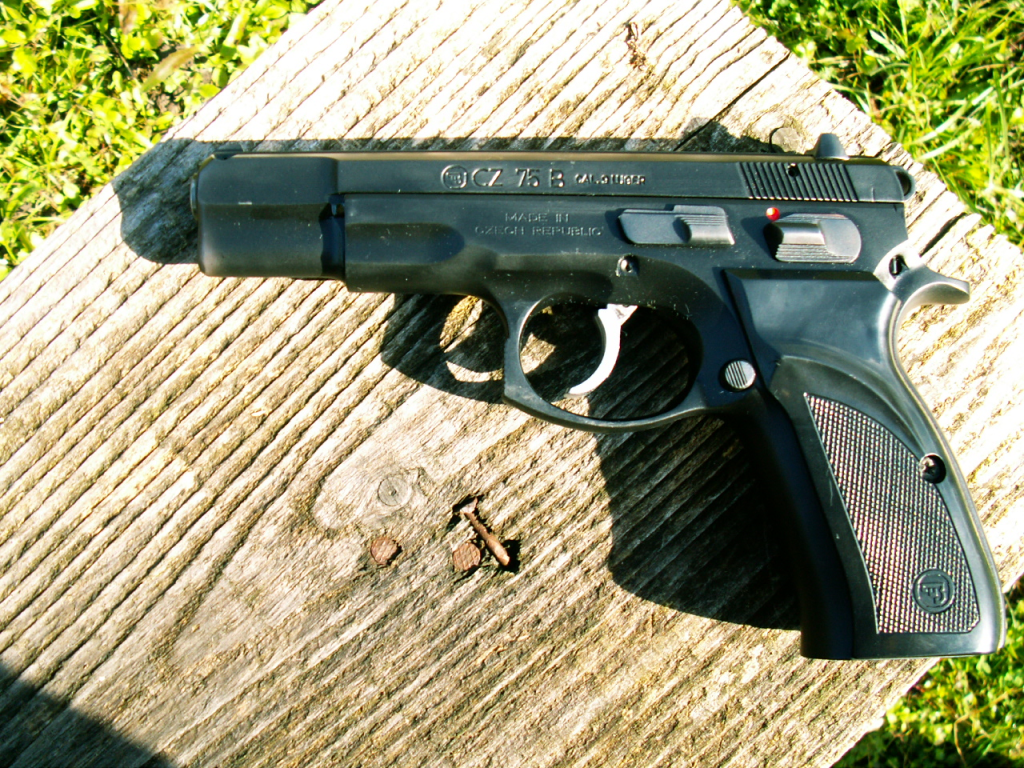
4. CZ 75B: Steel Frame, Low Bore Axis
The CZ 75B’s steel frame and internal slide rails help make it the industry’s notoriously soft recoiling pistol. The slide is positioned within the frame, dropping the bore axis and minimizing muzzle flip, as The Firearm Corner observes. It weighs enough at 35.2 ounces to absorb 9mm energy without becoming unmanageable. Ergonomics are a strong suit: the grip accommodates a broad spectrum of hand sizes, and the thumb-operated safety is a no-brainer. Reliability is solid as a rock, the pistol cycling everything from steel-cased training rounds to top-shelf hollow points. For new shooters or those making the transition from polymer-frame pistols, the CZ 75B tends to feel like a step backward in recoil.
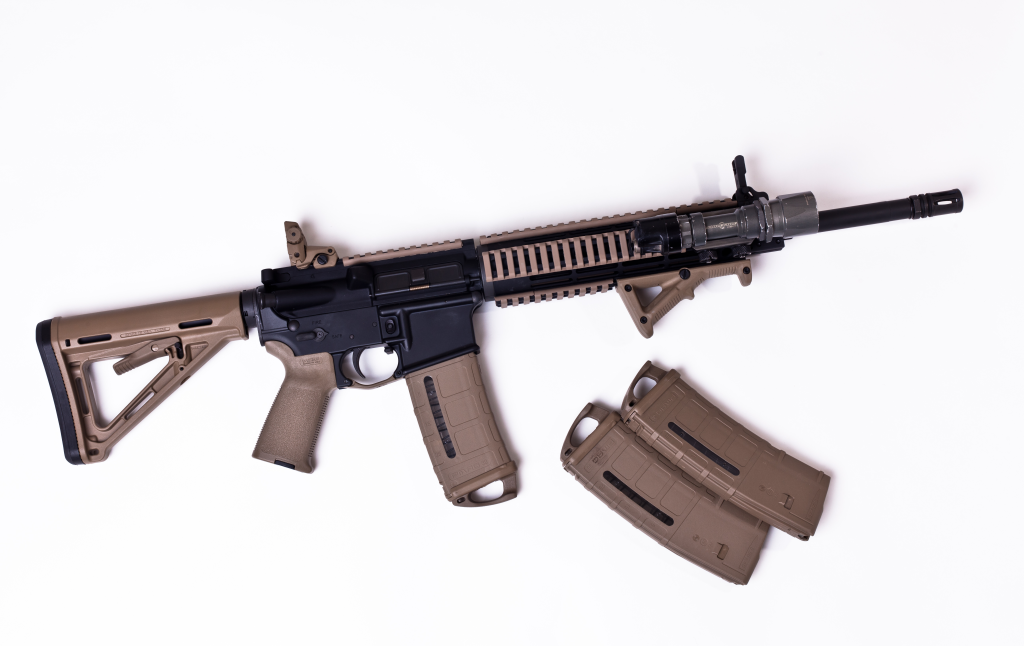
5. AR‑15 in 6.5 Grendel: Reach Without the Kick
The 6.5 Grendel was designed to bridge the gap between intermediate and full‑power rifle cartridges, offering superior long‑range performance with moderate recoil. In a well‑built AR‑15, especially with a tuned buffer system, it delivers a steady push rather than a sharp jolt. Ballistically, it will hold energy out to 800–1,000 yards, but recoil is closer to .308 Winchester than 5.56 NATO. For hunters and target shooters, it’s a cartridge that expands effective range without requiring a heavier, harder‑kicking platform.
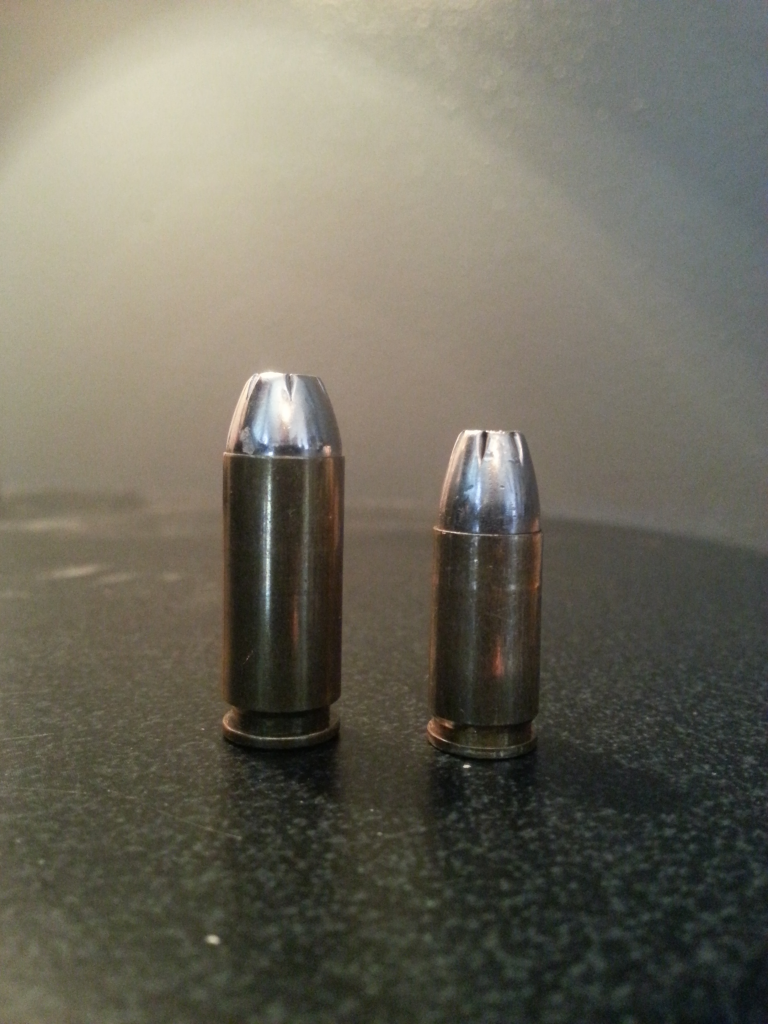
6. Springfield XD‑M Elite in 10mm: Taming a Beast
The 10mm Auto’s reputation for recoil is deserved, yet Springfield’s XD‑M Elite handles it with a full‑size frame, ideal grip angle, and considerable slide mass. These ensure the muzzle stays under control, even using full‑power loads. Though it still “hits with authority,” as testers observe, it does not have the snappy, fatiguing urge of short 10mm pistols. For those who want 10mm ballistics for protection or hunting, the XD‑M Elite provides a platform that makes the caliber much more accessible.
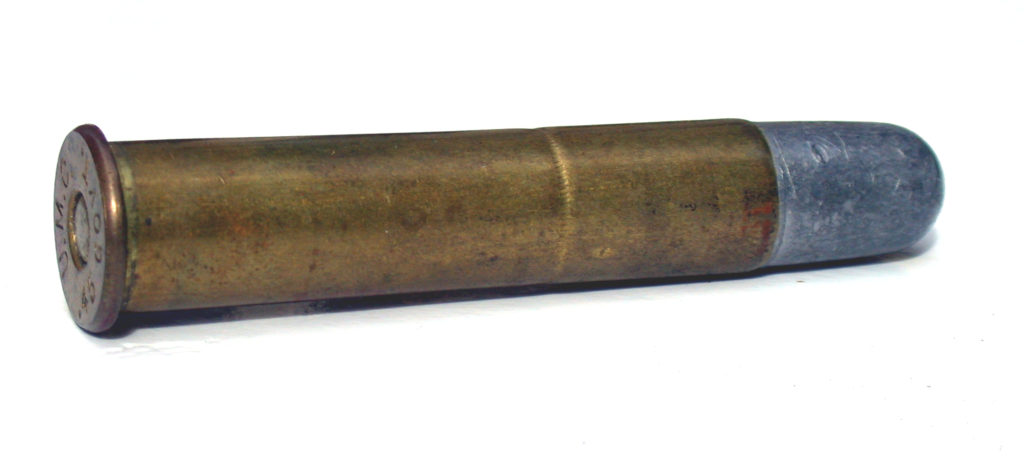
7. Marlin 1895 SBL in .45‑70: Big Bore, Smooth Push
Lever‑action rifles in .45‑70 Government can be unforgiving, but the Marlin 1895 SBL’s weight and straight‑stock geometry spread recoil across the shoulder. Reviewers of the Ruger‑produced model highlight its soft rubber buttpad and smooth action, which make it “the most comfortable 45‑70 rifle I’ve shot.” Though its low ballistic coefficient restricts long‑range applications, at 100 yards it applies decisive energy with not too much punishment. Big‑game hunters like it; it is a unique combination of stopping power and shootability.
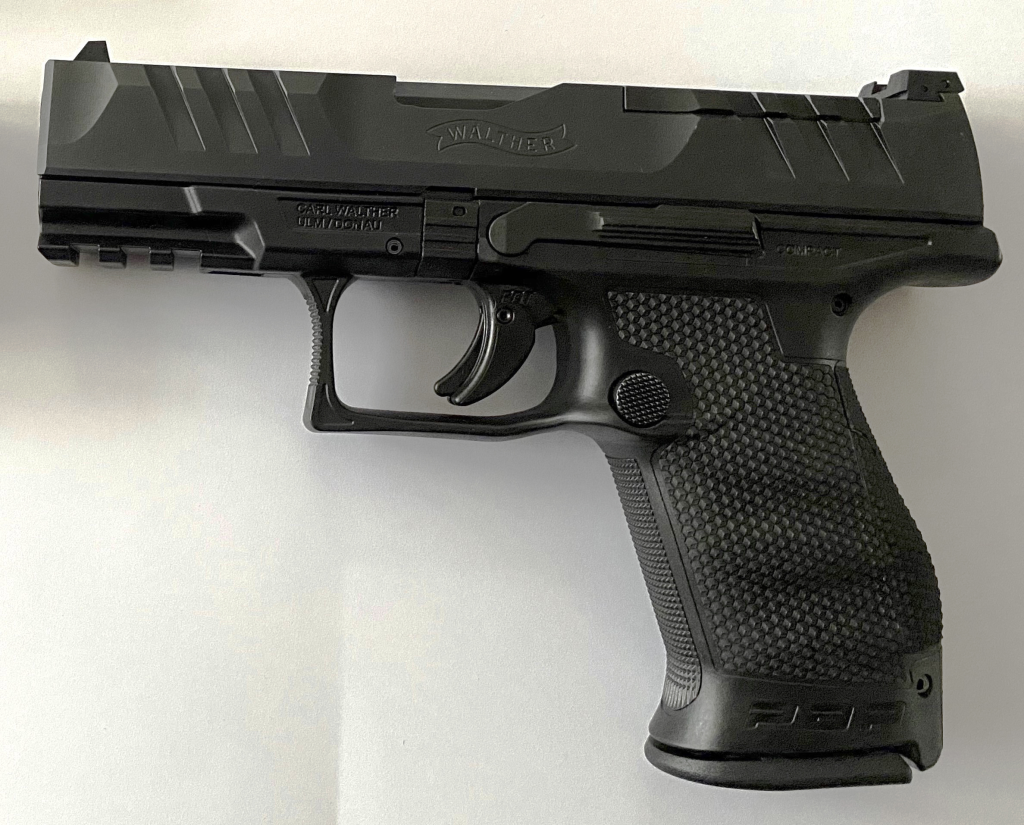
8. Walther PDP: Ergonomics for Control
The Walther PDP’s grip texture, frame geometry, and trigger design all work to maintain recoil linear with a low muzzle rise. It feels smoother than most other similarly sized 9mms, even in compact size. Its optics-ready slide and balanced weight distribution contribute to quick sight recovery. Despite its aftermarket support falling behind some competition, the PDP’s out-of-the-box shootability puts it as a solid option for shooters wanting a carry-sized pistol that won’t beat them up during extended training sessions.

9. FN SCAR 17S: .308 With Surprising Manners
Chambered in .308 Winchester, the FN SCAR 17S could look to be designed for severe recoil. But its short‑stroke gas piston system and internal buffer moderate the impact, yielding what most would characterize as a recoil impulse more akin to a heavy 5.56. The newest NRCH variant improves things further with the elimination of the reciprocating charging handle, minimizing awkward motion and optic shake.
Field experience indicates it holding sub‑2 MOA with production ball ammunition, and match ammunition can get within 1 MOA. For a light battle rifle, its recoil management is a highlight.
Recoil control is half design and half cartridge selection. These nine guns show how balance, type of action, ergonomics, and careful engineering can redefine the shooting experience. For sporting shooters, hunters, and defensive users as well, they provide evidence that power and comfort are not necessarily conflicting concepts.
